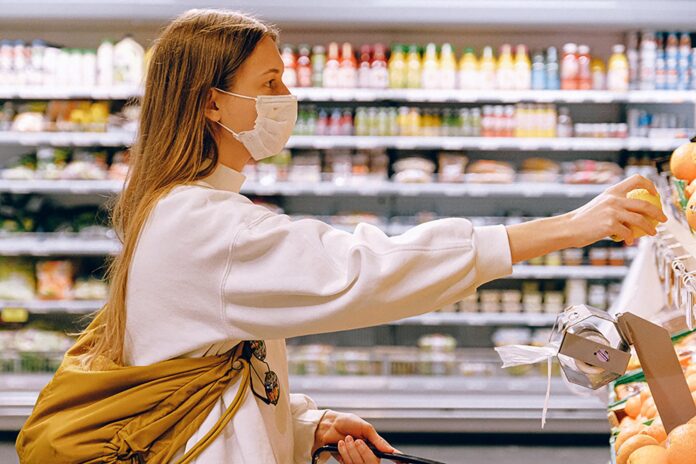THE incidence of Covid-19 in Ennis has jumped 56% above the national average prompting a nursing union to call for the reintroduction of mandatory mask wearing.
The 14-day incidence rate of Covid-19 has almost doubled in the Ennis area over the past week.
There were 469 cases of Covid-19 in the Ennis Local Electoral Area (LEA) from March 1 to March 14.
This translates into a 14-day incidence rate of 1,517, which was much higher than the national average of 1,188.
Since then, the number of Covid-19 cases in the Ennis LEA has jumped to 885, and the 14-day incidence is 2,863 compared to the national average of 1,871 from March 15 to March 28.
Apart from the Ennistymon LEA where the 14-day incidence is 1,657 following the detection of 272 cases during this period, the 14-day rate is higher than the national average in other parts of the county.
There were 399 cases recorded in the Kilrush LEA during this period, which translates into a LEA 14-day incidence of 1,900.
In the Killaloe LEA, there were 387 cases of the virus, translating into a 14-day incidence rate of 1,924.
The incidence rate is also high in Shannon where there were 630 cases, giving a 14-day rate of 2,072, which is also higher than the national average.
The growth in the incidence of the virus is illustrated in the fact the Shannon LEA recorded 445 from March 1 to March 14, giving an incidence rate of 1,464 per 100,000.
There were 265 cases in the Kilrush LEA where the incidence rate was 1,262. The Ennistymon LEA recorded 248 cases, which translates into an incidence rate of 1,511.
Killaloe was the only LEA to record an incidence rate of 994, below the national average after the detection of 200 cases during this period.
The Irish Nurses and Midwives Organisation representing nurses in Emergency Departments and overcrowded wards and the Irish Association for Emergency Medicine representing doctors working in
Emergency Departments are jointly calling for Government assistance to curb the spread of Covid-19.
Higher rates of infection are causing high rates of hospital admission. Hospitals are overwhelmed and staff need real assistance.
Irish Nurses and Midwives’ Organisation assistant director of industrial relations, Mary Fogarty said nurses in hospitals and health care workers are frustrated about the lack of a mandatory requirement to wear masks.
“This is causing a wider spread of Covid-19. The hospitals are chock-a-block with Covid-19 patients, patients who come in with Covid-19 or who contract the virus and have to be isolated.”
Ms Fogarty made the plea this week after official figures revealed the latest HSE figures revealed there were 78 confirmed Covid-19 patients in University Hospital Limerick (UHL) on Tuesday, which was the sixth highest in the country.
In addition, UHL was treating 40 suspected cases of the virus on Tuesday, which was the second highest in the country.
In addition to the very serious patient risks, the INMO has pointed out there are very significant risks for medical and nursing staff who are now exhausted from being on the front line, dealing with wave-upon-wave of patients diagnosed with Covid-19 and the other drivers of increased attendances, including a significant increase in acute mental health emergencies and increased paediatric admissions, while dealing with their own personal and family anxieties.
“Wearing masks and working from home will assist, they will not stop the spread, but have and will reduce intensity of infection and reduce cross infection. Mandating these measures is now a matter of urgency.
“Predictable overcrowding in winter, mixed with higher community spread of an airborne contagious infection means decision-makers are not in the dark. Abandoning our public acute hospitals is a decision that Government cannot make, this would be the wrong decision for patients and the wrong one for staff,” said an INMO spokeswoman.
East Clare correspondent, Dan Danaher is a journalism graduate of Rathmines and UL. He has won numerous awards for special investigations on health, justice, environment, and reports on news, agriculture, disability, mental health and community.


